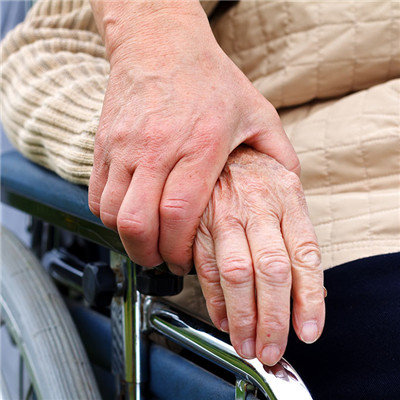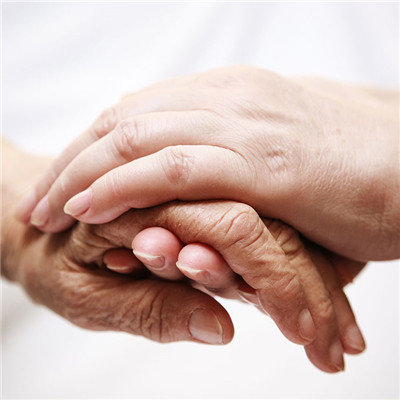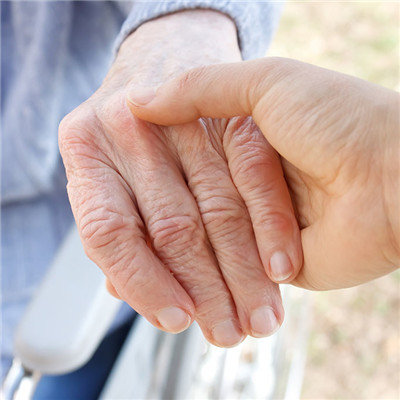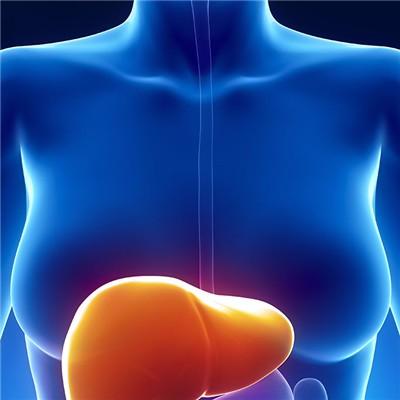How is hypoproteinemia caused?
summary
The etiology of hypoproteinemia is mainly divided into: the decrease of serum total protein, which is related to insufficient protein intake, protein digestion and absorption, synthesis disorder, excessive protein loss and excessive protein consumption in the body. The decrease of serum albumin is basically the same as the decrease of total serum protein. Decreased serum globulin, including α The decrease of globulin, p-globulin and γ Globulin decreased. How is hypoproteinemia caused?
How is hypoproteinemia caused?
For example, in some Asian, African and Latin American countries, cassava and banana are the staple food, and their protein content is only about 1%; Or because of gastrointestinal tract, pancreas and liver disease, protein digestion, absorption and synthesis disorders.

Hypoproteinemia is not an independent disease, but the result of negative nitrogen balance caused by various reasons. The common causes are: 1. Malnutrition; 2. Abnormal loss, such as kidney disease, burns; 3. In some serious and life-threatening diseases, such as severe trauma, severe infection, the protein has gone from blood vessels to tissues; 4. Abnormal liver function, etc. 5. When there are chronic consumptive diseases in the body, the consumption of protein in the body is greater than the intake, leading to the decrease of protein, such as malignant tumor, tuberculosis, diabetes and so on.

The symptoms and signs of the disease mainly occur in children between 6 months and 5 years old, especially in infants before and after weaning. Most of the mild cases occurred in people about 60 years old. Due to hypoproteinemia, the patient developed edema on the face and feet, and even affected the whole body. Children with fair skin have specific skin lesions, which begin with erythema and subside when pressed, followed by small dark purple spots with clear boundary, which are higher than the surrounding skin. When pressed, the skin will not fade, the surface will be bright, and there is a wax like feeling when touched, and then it will become dry, brown or black spots with cracks.

matters needing attention
Prevention and treatment is to provide adequate nutrition, increase the supply of animal protein, plant protein and fresh vegetables, other symptomatic treatment, such as monitoring and correcting water and electrolyte disorders, skin care, etc.














